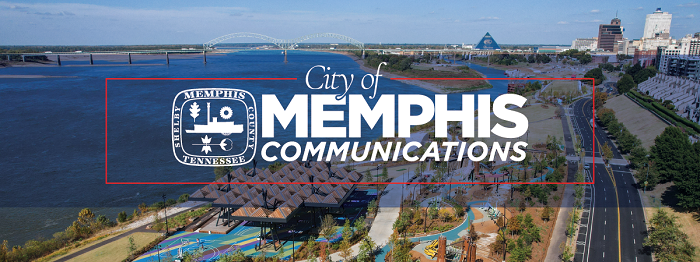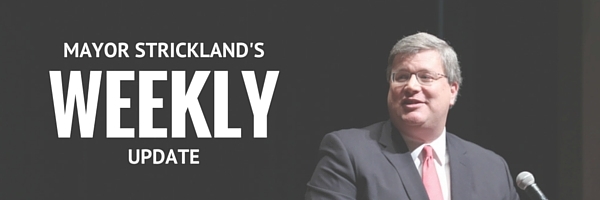Weekly Update: The hard choices of capital budgeting, explained
Memphis sent this bulletin at 09/07/2018 03:30 PM CDTFriends,
Good news: Ed Rice Community Center, which we temporarily closed out of an abundance of caution after receiving complaints about the potential of mold, is back open today. Tests proved there wasn’t a dangerous level of mold.
More good news: Thanks largely to the leadership of Council Chairman Berlin Boyd, we’re taking steps to replace this 50-year-old building.
But Ed Rice Community Center is hardly the only City property that is old and in need of replacement or major renovation, which got me thinking even more this week about the broader context of that issue.
So today, I wanted to explain the demands on our capital budget, which is how we pay for items like buildings. I also want show how this budget has changed since we came into office. Budgeting is always about choices, and you deserve to know the constraints that go into these choices.
Let's have a conversation.
Now, what is this budget again? At City Hall, we refer to it as the CIP — which stands for Capital Improvement Program. (We sure do love acronyms at City Hall!) This budget is how we pay for items that last a while — everything from fire trucks to new buildings to asphalt for streets. We take on debt to pay for this, just as you would when you buy a house or car.
This is different than our operating budget, where we pay for things we use in the normal course of operations — employee salaries, for instance.
Or, in simpler terms: Our operating budget is like your checking account, where you pay for groceries. Our capital budget is what you paid for your house, and you’re paying it off every month.
This year, our capital budget was $86 million. You can flip through it here.
Why that number? It’s a balance between the obvious capital needs we have versus getting into too much debt — just like your thought process when you’re figuring out how much to spend on a house.
In the 1990s and 2000s, the City often had annual capital budgets well over $100 million. Debt greatly increased in those decades. So it’s no surprise that today, 32 percent of your property tax dollars go to pay off debt. That’s right: One-third of our property tax dollars go to pay for things built or bought years ago. I don’t like it, either, but that’s the reality we inherited and our reality for years to come.
If we can spend less of your tax dollars on debt, we can spend more of your tax dollars on improving services and/or give you a tax cut. That’s why you don’t want us having massive capital budgets every year. It’s irresponsible for the future.
OK, so how has it changed, again? Well, for one, we’ve doubled street paving — from $9.5 million in 2015 to $19 million this year.
Also, we are fulfilling multi-year commitments to the fantastic South City redevelopment in and around the old Foote Homes — a $6 million annual local commitment for five years to unlock many millions more in federal and private dollars. And, we had to put $11 million in the capital budget this year as part of a multi-year plan to upgrade and replace all of the radios used by Police, Fire, and Public Works.
Neither the South City nor the radio needs were presented to us before we took office. Yet they are big-time reasons our capital budget has changed by about $27 million just since we took office in 2016.
That’s a big shift in a short amount of time. And it’s a big reason why simply building new city buildings isn’t as easy as you might think.
Budgeting is about hard choices. Take Parks alone: It estimates some $39 million in deferred maintenance on its 244 facilities, which include community centers.
Last year, we were only able to allocate about $3 million toward Parks’ deferred maintenance.
But wait, aren’t you spending all this money on things like Tom Lee Park or the proposed youth sports complex? Ah, but that’s TDZ (Tourism Development Zone) money. It’s tax revenue generated by tourism projects that state law says must be spent solely on that project.
I’d love to be able to spend these kinds of dollars on new community centers or libraries. But they can’t be used like that, by law.
Our use of TDZ money means more opportunities for neighborhoods. By seeking TDZ money to pay for tourism facilities, we can maximize using our capital budget to pay for facilities in neighborhoods.
—
Clear as mud? City financial topics often are. But I hope today I’ve been able to explain some of what goes into our spending on capital needs, which we definitely have a lot of in our city.
Together, we can reverse population loss, grow our tax base, and increase what we’re doing on that front in the years to come. Until then, we’ll continue to make the tough budgeting choices we have to make — and we’ll explain what went into them here each and every week.
Yours,


